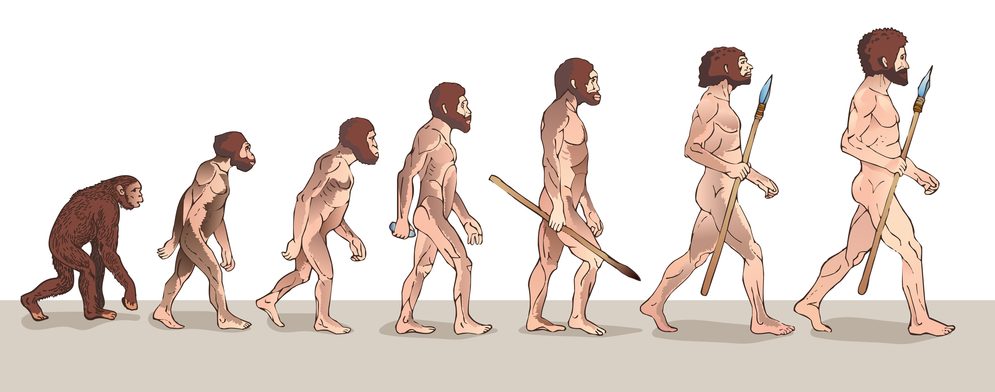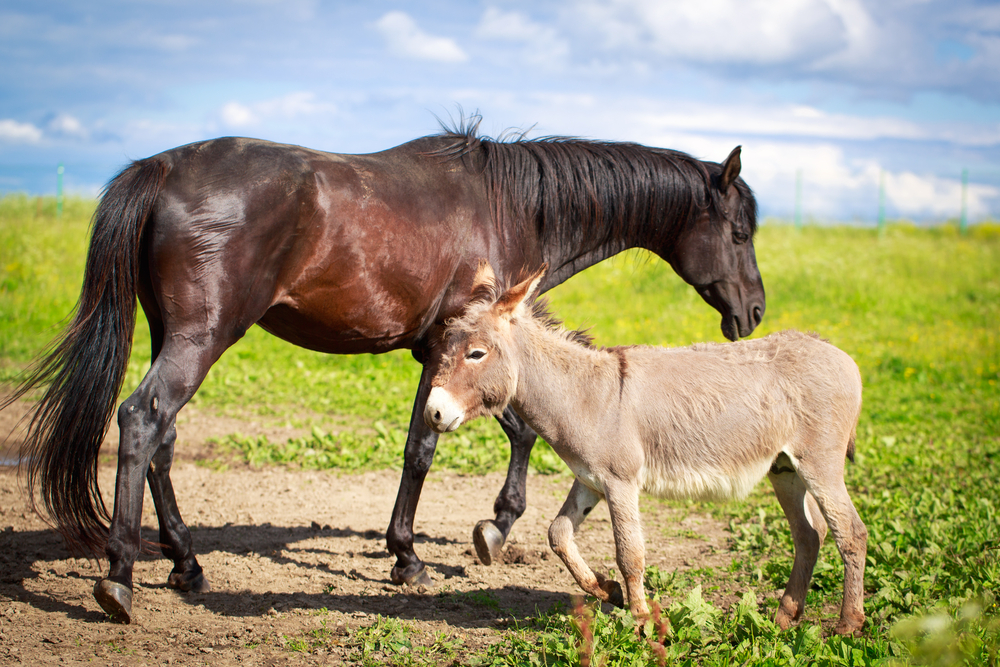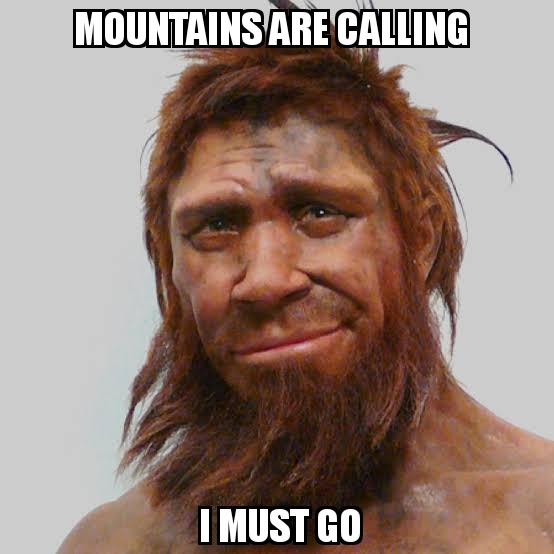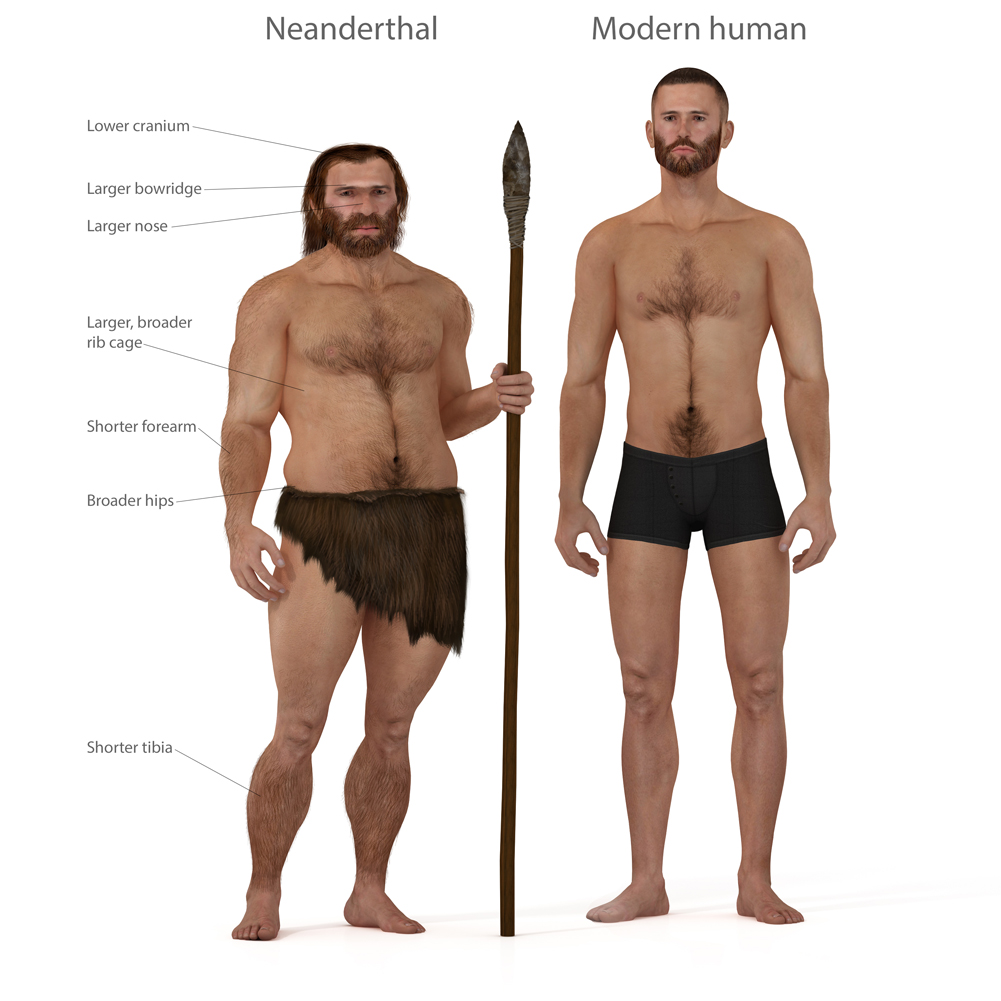Table of Contents (click to expand)
Neanderthals have been classified as a separate species from Homo Sapiens due to a lack of evidence suggesting sexual interactions between the two human species, and because the term ‘species’ doesn’t have a universally accepted definition. However, recent studies suggest that Neanderthals might be a subspecies of Homo Sapiens, not an entirely different species.
Most people believe that Homo sapiens are the only humans to have ever walked the face of the Earth. However, this isn’t true. We just happen to be the only human species left. The ever-so-familiar portrait of an ape evolving into a Homo sapien conveys evolution as a linear phenomenon. Still, the truth is, Earth was once called home by more than one human species, and we evolved alongside these humans, not directly from them. You can check out one of our other articles on the same topic to get a clearer picture: Timeline Of Human Evolution
Homo habilis, Homo rudolfensis, Homo erectus, and Homo neanderthalensis are some of the human species that lived on our beloved Earth before and contemporaneously with our ancestors before modern humans came along.
Now, the question is: are these now-extinct human species really just our archaic brothers and sisters, or something closer to distant cousins? If so, why are they all acknowledged as entirely different human species, rather than just Homo sapiens? Neanderthals are our closest relatives and can easily fool you into thinking they’re the same as you (though a bit less groomed), but they’re still mostly considered to be a separate species. Are they really a different species? Or should they be considered subspecies?

How Are Living Organisms Classified?
Biologists use a rather complicated system to classify living organisms. That being said, given the incredible diversity we have on our planet, using such a system becomes imperative. Each organism is known by two terms: its genus and species. The terms work in the same way as our modern-day names and surnames. The genus is the taxological equivalent to surnames (family name), whereas the term species is unique for each group of living organisms, much like our names!
A species is often formally defined as a group of living organisms capable of interbreeding and giving birth to fertile offspring. However, this definition of species doesn’t always hold.
The definition works fine when trying to classify organisms like a horse and a donkey. The two share a common ancestor and have similar physical characteristics—however, a horse and a donkey exhibit no natural sexual inclination towards one another. When forced to interbreed, their offspring/hybrid is a mule, which is sterile. Therefore, a horse and a donkey are classified as being different species.

The definition of species falls short when trying to classify organisms that reproduce asexually, such as bacteria and fungi, hybrids (e.g., mules), and extinct organisms. Examining reproduction is essentially impossible.
How does one define species, then? Well… we don’t, at least not well.
“No term is more difficult to define than “species,” and on no point are zoologists more divided than as to what should be understood by this word.” – Henry Alleyne Nicholson
Due to the lack of one common and universally accepted definition, the taxonomic term “species” currently has more than 20 different notions linked to it. Moreover, the classification of living organisms into separate species isn’t binary; if anything, it’s fuzzy. It isn’t only defined by whether two organisms mate and produce fertile offspring. There are some grey areas as well.
Taxonomists base their judgments and final classification decisions on various factors, interbreeding being one of them. Other determinants include structural features, social behavior, ecological adaptations, ancestry, DNA sequence, etc.
On the other hand, subspecies are isolated populations within a species that differ in their geographical location and therefore have certain structural differences. Examples include the many varieties of the tiger we find scattered across the planet. These include the Bengal tiger, Siberian tiger, Sumatran tiger, etc. Subspecies are capable of interbreeding and producing offsprings but do not due to geographical isolation.
Also Read: If Humans Evolved From Apes, Why Do Apes Still Exist?
Homo Sapiens Vs Homo Neanderthalensis
About 2.4 million years ago, human life first bloomed in East Africa. Then, approximately 2 million years ago, the travel bug in archaic humans kicked in, and they traveled across Eurasia. Some ventured north, towards the continent we now know as Europe, while others traveled east, to what is now called Asia. Depending on the environmental conditions they faced, these humans evolved differently.

For example, the humans who traveled to East Asia developed a more upright posture (Homo erectus). The ones stuck on the island of Flores (Homo floresiensis) underwent dwarfing to adapt to the environmental conditions found there. Neanderthals, the closest of our human cousins and the residents of the Neander Valley, also adapted to survive in the cold conditions of Europe.
Neanderthals developed a more robust build with shorter limbs, as compared to Sapiens. These features are believed to have helped them conserve body heat in the cold conditions of Europe. They also had a slightly bigger forehead. The chin and forehead sloped steeply, with the nose protruding much farther than it does in modern humans. Neanderthals also enjoyed a larger brain than Sapiens.
While human life spread across the globe, humans also continued to evolve in their birthplace of East Africa. East Africa was once home to Homo rudolfensis, Homo ergaster, and eventually us, Homo sapiens. We didn’t stay there for long, though. About 70,000 – 80,000 years ago, archaic Homo sapiens moved out of east Africa and traveled to other parts of Eurasia, which were already occupied by other human species. What followed was the total takeover by Homo sapiens and the extinction of other human species.
Also Read: From Sahelanthropus Tchadensis To Homo Sapiens — A Complete View Of Human Evolution
Species Or Subspecies?
Honestly, no one knows the answer to this question. The world appears to be split. For the longest time, we considered Neanderthals as an entirely different species from Homo sapiens. This was due to the lack of credible evidence indicating mating tendencies between the two human groups and also because someone simply preferred to classify them as separate. Remember, the term species doesn’t really have a universally accepted definition.
However, one can try to answer this question with the aid of two theories that attempt to explain the extinction of other human species. The first theory, ‘The Interbreeding Theory‘, suggests that Homo sapiens bred with other human species on their wanderlust journey across Eurasia, and eventually, the various human species merged.
The second theory, ‘Replacement Theory‘, argues that Homo sapiens and other human species must have had little to no sexual interest in each other, owing to their different physical anatomy and habits. Other human species simply fell prey to natural selection and couldn’t survive, or Sapiens—being the cultural masters—drove them to extinction.

Both theories contain a few debatable points. If the interbreeding theory is indeed true, it will imply that the current Eurasian population is not pure Sapiens but a combination of Sapiens and Neanderthal. This also signifies that the two species were capable of having fertile offspring. Moreover, genetic differences might exist between the different Eurasian populations, opening them up to racial differences. On the other hand, the replacement theory implies that the current population is pure Sapiens.
Based on archaeological evidence and political significance, the replacement theory was widely accepted for decades, and Neanderthals were classified as separate species.
Final Words
Recent scientific research has put Neanderthals’ taxonomic status up for debate yet again. A 4-year effort to reconstruct Neanderthal DNA concluded in 2010 and uncovered several hidden secrets. The study revealed about 1-4% of the human DNA of the Middle East and European populations is similar to Neanderthal DNA. A couple of months later, another study showed that roughly 5-6% of the DNA of the native Australian and Melanesian population is Denisovan DNA. Homo denisova is one of the other human species that existed around the same time as Neanderthals but arose in a different location.
If the DNA was indeed passed on from sexual interactions between the different human species and not due to evolution in Homo sapiens, Neanderthals may well be a subspecies to us, not an entirely different species. The taxonomic status of Homo neanderthalensis and Homo densiova are still up in the air. Some have already begun to refer to them as Homo sapiens neanderthalensis and Homo sapiens denisova, respectively.
Different species or subspecies? This question remains a mystery and continues to make scientists scratch their heads like great apes, but I guess some habits never change!
How well do you understand the different human species?

References (click to expand)
- (2002) Species - Stanford Encyclopedia of Philosophy. Stanford University
- Homo neanderthalensis - Smithsonian's Human Origins. The Smithsonian Institution
- Ko, K. H. (2016, July 16). Hominin interbreeding and the evolution of human variation. Journal of Biological Research-Thessaloniki. Springer Science and Business Media LLC.
